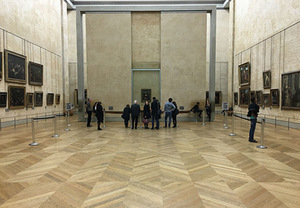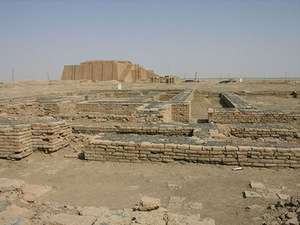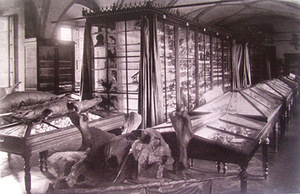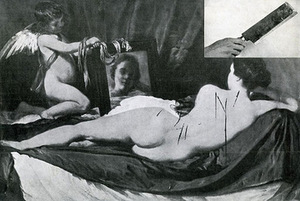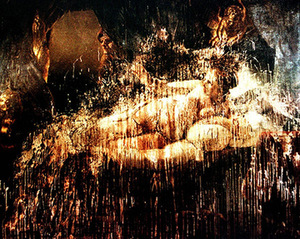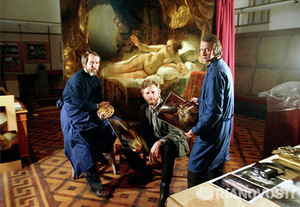Museum: sacred or destructive space? (Part I) 0
In brief: Museum as we know it has formed relatively recently, surviving social change and becoming a sharp line between destruction and holiness. As mentioned by the German philosopher Martin Heidegger (1889–1976) art helps improve public expression and interpretation, but in case of emergency it takes on a role of blackmail. Thus, the series of articles will discuss not only the museum metamorphosis, administrations' sanctions for visitors, but also the questions why art triggers human aggression.
Although Europe declares to be the bearer of culture - the first museum in the world was founded in 530 B.C. in the city of Ur (now Iraq) by Enigaldi Nanos, the daughter of Nabonid, the last ruler of the New Babylon. British archaeologist Leonard Woolley explained the meaning of the museum with the worshiping of the past and as an auxiliary means for a nearby school of the temple. However, due to the lack of sources the insights remained speculative.
The Medieval museum created a public institution, which eventually morphed into Kunstkabinett. Kunstkabinett embodied a symbolic control of the owner's world in a closed microscopic space.
The changes took place in the mid-nineteenth century Britain, when a dispute arose in society on the social benefits of art.
New Lithuanian museums that were born at the dawn of the Great War, cherished only a national idea. With the rising nationalism, a belief was spreading that only the ethnographic antiquities, works of folk artists or art of contemporaries embody the vitality of Lithuanian nation and full cultural value, thus they were to become the nucleus of the future museum of the nation.
After major European collections opened up to the public art was confronted by deliberate vandalism, which was particularly vigorous in the 20th and 21st century. Probably most of the art psychoses overtake people in the museums.
Perhaps the most famous serial vandal of artworks was German Hans-Joachim Balman (1937–2009), who, from 1977 till 2006 had ruined more than 50 artworks (the total value of 138 million euros). Among the works ruined with acid or stabbed with the knife were works of Albrecht Durer, P. P. Rubens, Rembrandt van Rijn, Paul Klee and other painters. Such mental disorder, which manifests itself as a condition similar to a panic attack or even hallucinations, along with desire to destroy a work of art, in 2005 was named David's Syndrome.
Thus, although people are attracted by the beauty of art, at the same time it pushes them to committing a crime. Even today the press is full of various facts of ruined artworks from the National galleries of London, Dublin or Grasse Musée Fragonard. However, the questions of what drives people to go to the museum today and what are the problems faced by the administration will be discussed in the second part of the article.








